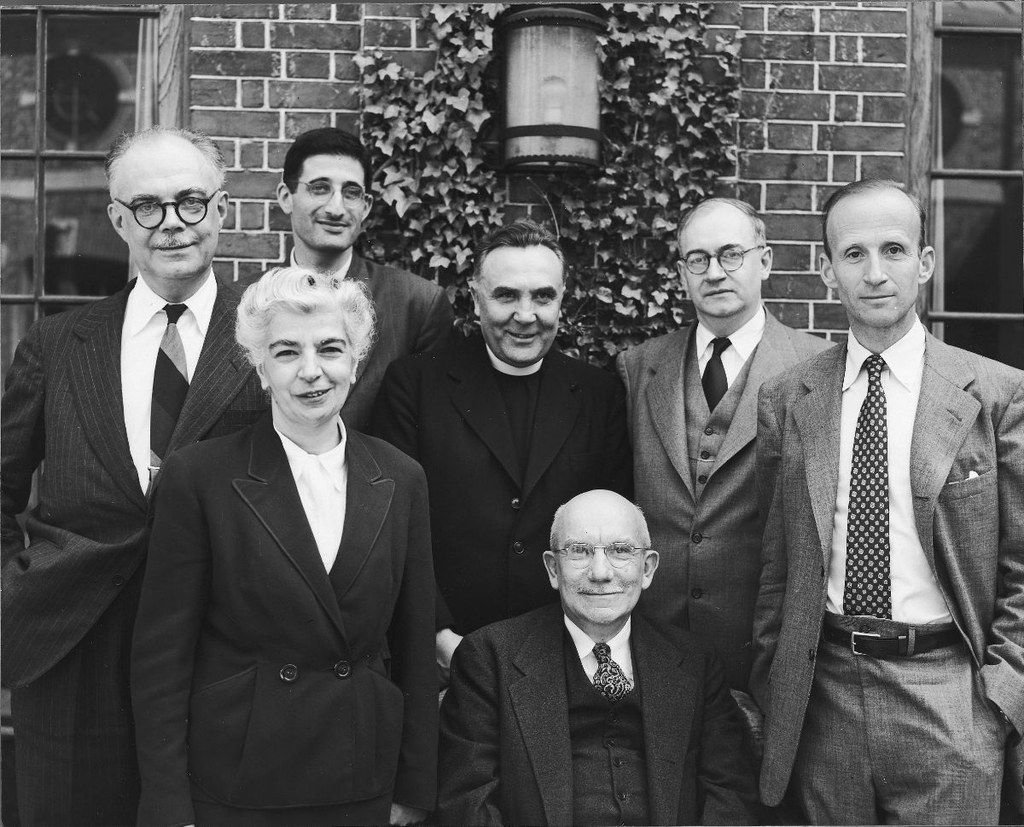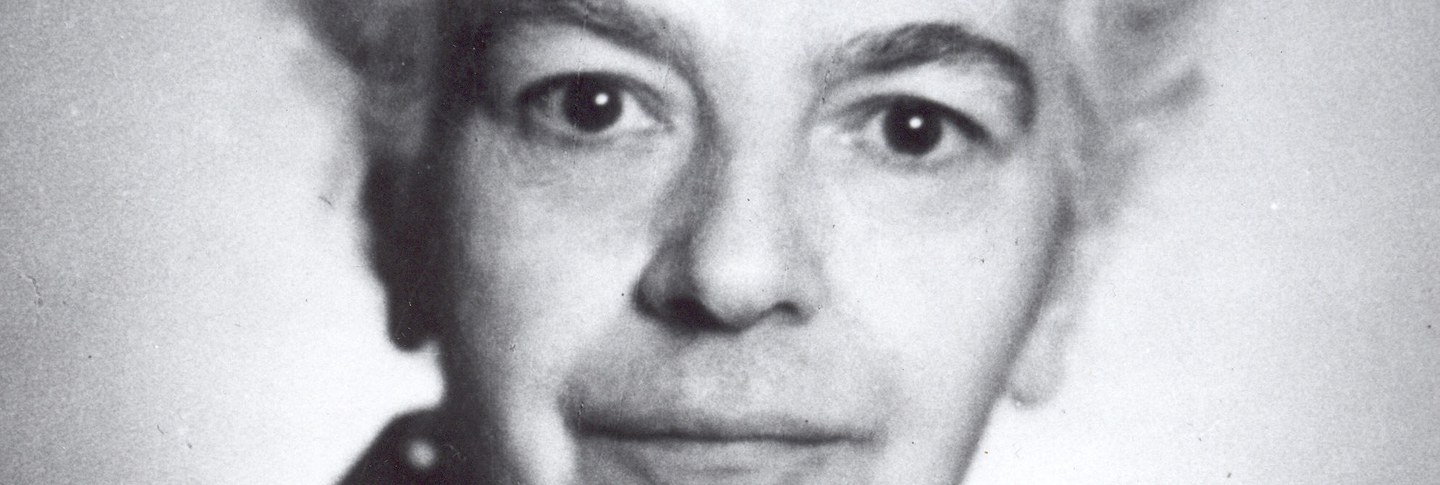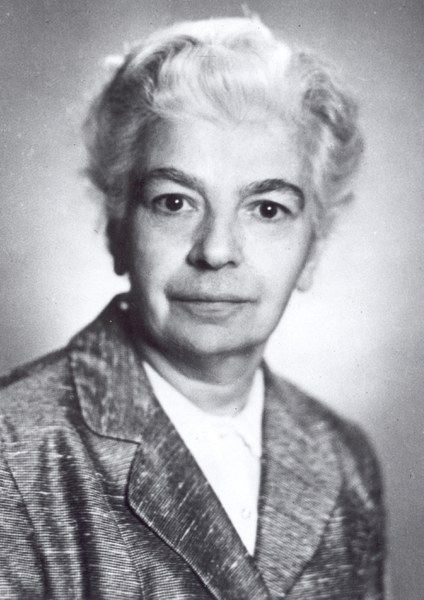Sirarpie Der Nersessian (1896–1989).
Born on September 5, 1896, Sirarpie Der Nersessian was an Armenian art historian who fled persecution in the former Ottoman Empire to become a leading expert on Byzantine and Armenian art and one of the first female Byzantinists. Born into a wealthy and educated Armenian family in Constantinople, Der Nersessian received excellent academic instruction and became fluent in English, French, and Armenian. However, tragedy struck when her mother died when Der Nersessian was nine years old. Her father died nine years later, leaving her orphaned in the midst of the chaos and destruction of the First World War.
With the outbreak of Turkish-Armenian hostilities in 1915, Der Nersessian was forced to flee her homeland with her aunt and sister to avoid being captured and killed by Ottoman forces. Der Nersessian settled in Europe and began studies at the University of Geneva in Switzerland before moving to the Sorbonne University in Paris, where she studied with the historian Charles Diehl and the art historians Gabriel Millet and Henri Focillon. Her lifelong friendship with Byzantine historian Father Francis Dvornik and art historian André Grabar also started during her student years in Paris.
In 1930, Der Nersessian decided to move to the United States in response to the suggestion of several of her intellectual mentors, who recognized her potential and secured a position for her at Wellesley College. With humble beginnings as a part-time lecturer, Der Nersessian rapidly rose up the ranks at Wellesley to become a full professor and then chairwoman of the Department of Art History and director of the Farnsworth Museum.
At Dumbarton Oaks, Der Nersessian was offered a position as a resident senior fellow for the 1944–45 academic year, after which she was appointed professor of Byzantine art and archaeology for Dumbarton Oaks and Harvard University, the only woman of her era to gain full professorship at Harvard. In this capacity, Der Nersessian served for some time as a member of the Board of Scholars and as deputy director of Byzantine Studies (1953–54) and acting director of Byzantine Studies (1954–55 and 1961–62). While at Dumbarton Oaks, she resided in the west cottage of the Fellows Building (Guest House) and was joined there by her sister, Arax Der Nersessian Iskouhi, in 1947.

A distinguished scholar, Der Nersessian’s research focused largely on illuminated manuscripts. In 1960, she was the first woman to receive the Saint Gregory the Illuminator Medal of Honor from the Armenian Apostolic Church. In 1970, she became the second woman to receive a gold medal from the Society of Antiquaries of London. Der Nersessian directed two Byzantine symposia, in 1948 (“The Church of the Holy Apostles in Constantinople”) and 1958 (“Studies in Byzantine Art”), and participated in a total of seven.
When Sirarpie Der Nersessian retired in 1963, she received the title of emerita and was given the honorary position of associate on the Board of Scholars. She returned to Paris and continued to lecture in European universities, including the Collège de France. She returned to Dumbarton Oaks in October 1965 to deliver a last lecture, “Scholarship in Byzantine Art and Archaeology, 1940–1965” for the institution’s twenty-fifth anniversary.

